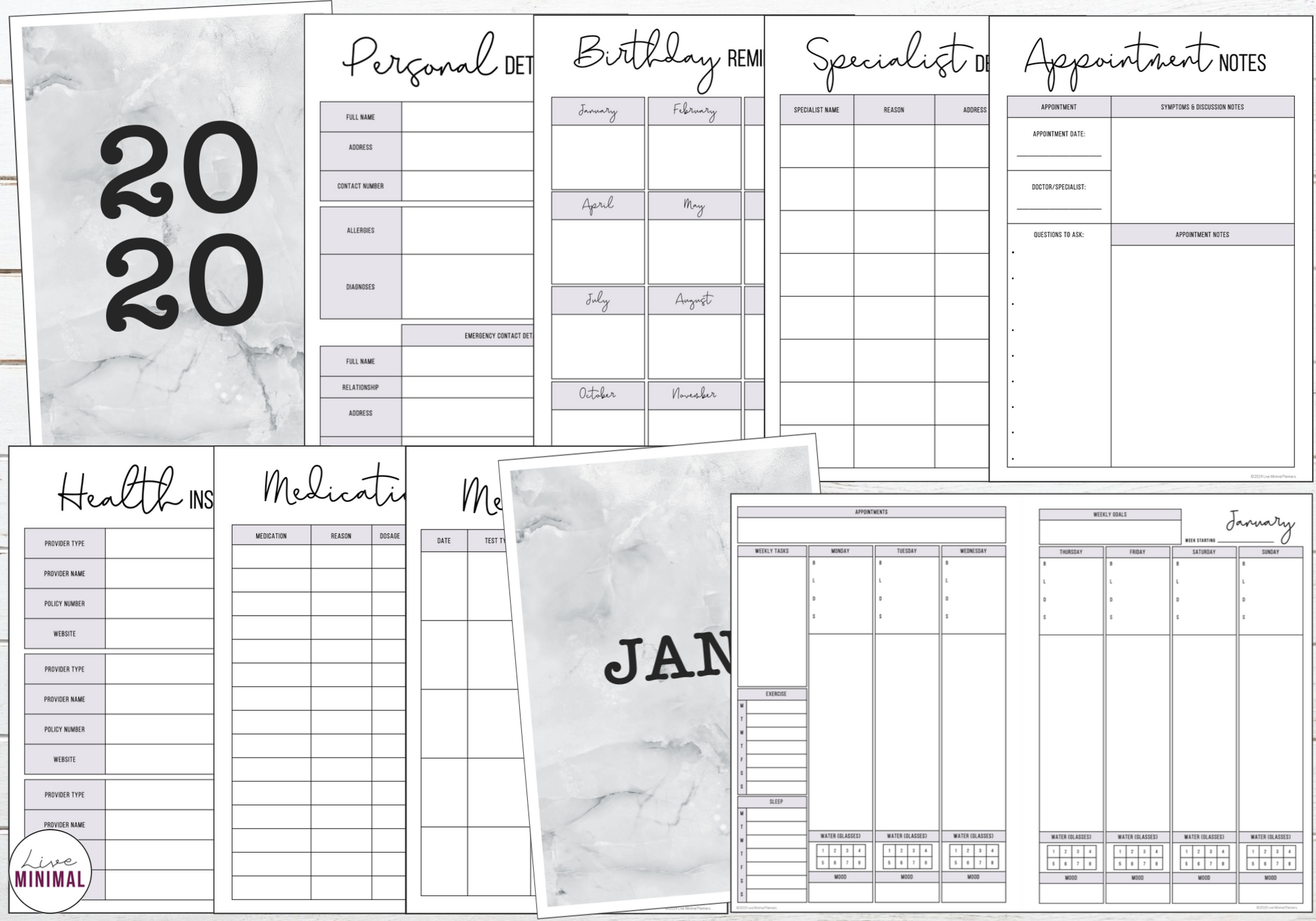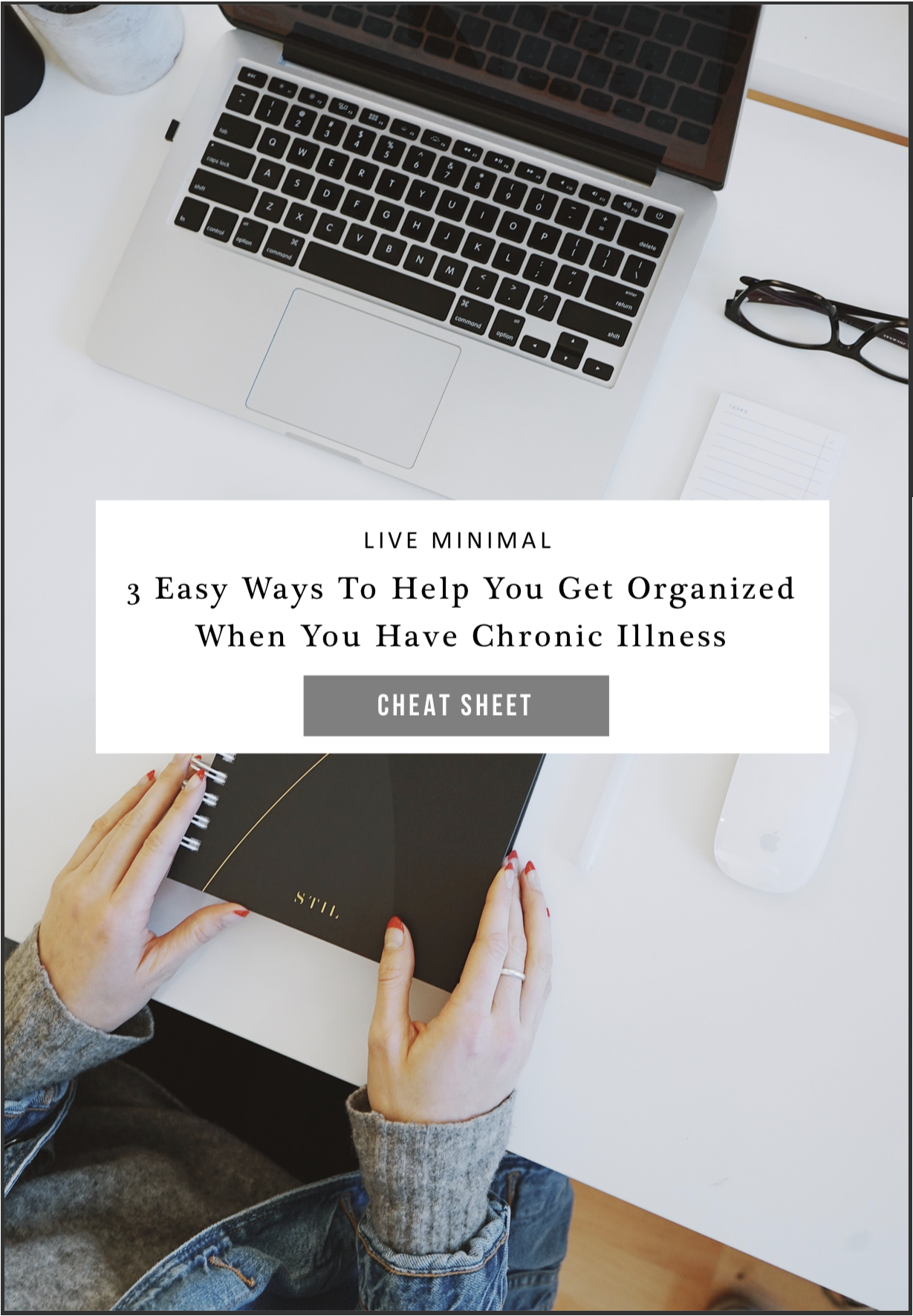Specialist appointments started to become overwhelming, I was tired of taking supplements multiple times a day, and I was over having my blood drawn. I just wanted to feel normal. So I shifted my health issues to the back of my mind. Although I was in pain, I pushed my body to the limit because I was studying something I loved – teaching. And truthfully, it was because I was bitter about my health controlling my life.
But behind my stubbornness, I knew something wasn’t right. I was having trouble swallowing, there was a constant feeling of tightness in my throat, I was more lethargic than normal, I started having gastrointestinal issues, and my hair was falling out again. And so, I decided to get my blood drawn.
The results were not what I was expecting. My numbers were worse than when I was first diagnosed. At the end of 2017, my thyroid numbers indicated that my condition was in remission. Six months later, there was a complete 180-degree turn. My TSH was now up to 81 (1-5 being the limit of the normal range) and my antibodies went from 20 to 1300+.
When the doctor read the results to me I felt defeated and wanted to give up. I had worked so hard in 2017 to get the numbers within range and then made the mistake of neglecting my health. When the shock had subsided, I saw it as a big wake up call – I had let my diet and my lifestyle stressors overtake my health.
My doctor sent me to a new endocrinologist who told me my thyroid was on its way out. I was given a prescription and sent on my way. That week all I could think about was how it was all my fault. I had neglected my diet, refused to take my supplements, didn’t manage my sleep and did not take the appropriate steps to reduce my stress. Unfortunately, with autoimmune conditions, we don’t really have an option about whether or not to neglect our health. I realised that I had to make a change and made a plan to start managing my symptoms more effectively.
Below are a few ways that I started tracking the progress of my health conditions.
1. Monitor your dietary information
As soon as I was in remission, I relaxed on my diet. I went back to eating small amounts of gluten and soy, which when you have thyroid disease, is not recommended. I was eating excessive amounts of sugar and drinking caffeine, just to maintain enough energy to get up every morning. One of the first things I did when I left my endocrinologist appointment was immediately cut out gluten and soy. I started noting down what I was eating for breakfast, lunch, and dinner and avoided anything that would cause inflammation such as nightshades. When my dietary information was written down, I was able to review what I was eating and started to recognise links between certain foods and my pain.
2. Manage your supplements/medication in a medication log
Before I went to see my new endocrinologist, I was not prescribed medication for my Hashimoto’s condition and was not taking anything for my UCTD/POTS/IST. Instead, I was taking selenium, probiotics, Vitamin D, magnesium and antioxidant supplements daily (as discussed with my nutritionist). When I was in remission, I stopped taking these. I believe this played a part in the development of gastrointestinal issues.
As soon as I heard the news about my elevated TSH, I started monitoring my intake. It was common for me to take my supplements and five minutes later, question whether or not it had occurred. So I decided to track them on a chart that I pinned to my refrigerator. I would tick or colour in a box as soon as I had taken them so that I would remember not to take them twice or forget to take them at all. I eventually started noting them down in a medication log I made for my planner.
3. Tracking symptoms – new and reoccurring
When you attend a specialist appointment, you’re always asked what symptoms you’ve been dealing with since the last appointment. And although we encounter these symptoms daily, if I attend an appointment without writing some of these down beforehand, my mind will go blank when I have to discuss them with my specialist. So I decided to make an effort to write my symptoms down daily. I was able to analyse these more closely, comparing them to what I was eating, whether or not I had not taken my supplements or if I had recently done any exercise or overexerted myself the day before.
4. Keep on top of your appointments
Over the last few years I’ve changed specialists and started seeing new ones. When I went into remission, I stopped seeing them all together. I didn’t want to keep going to appointments every few months to hear the same advice. This stubbornness, I believe, only resulted in my conditions progressing. If I had been consistent in visiting my specialists or even having my blood tested, I would have started seeing the numbers gradually increase and attended to them quicker. Now I note down dates of specialist appointments and what was discussed. I also monitor when I had my blood drawn last and make sure to follow up on these regularly.
It’s been 5 months since my TSH was 81. After making these dietary adjustments and devoting myself to becoming more in tune with my health, my TSH has now decreased to 3. It’s not exactly where I want it to be just yet but I’m glad I decided to get back on track in addressing my health. These changes may not help everyone, but by monitoring our chronic illnesses, we may be able to find areas where we can improve – whether it be diet or by reducing stress.
It was from this experience, that I created tracking charts and decided to compile these into a yearly planner. I’ve made it available as a downloadable resource on Etsy, which you can find here. It can be printed out double-sided and easily bound into one document. It also includes a weekly planner, so that I can keep track of my other commitments. It’s a great resource to note down any symptoms, track daily eating/water intake, exercise, mood, fatigue, and pain levels. When I attend an appointment, I just bring this along with me so that I have all my updates to share with the specialist and so that I can write down important information that was discussed.
Hopefully, the tips above and the planner will help you to manage your symptoms too!
How do you monitor your symptoms? What have you done that works?
Interested in more organisation tips? Grab the free guide today! Click here for the ‘3 Easy Ways To Get Organised With Chronic Illness’ cheat sheet.





